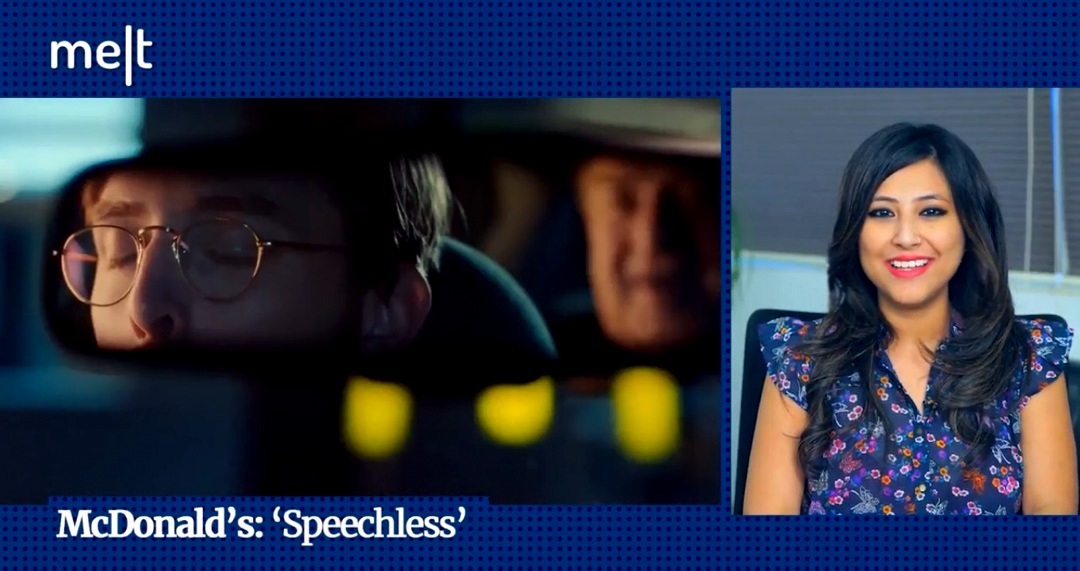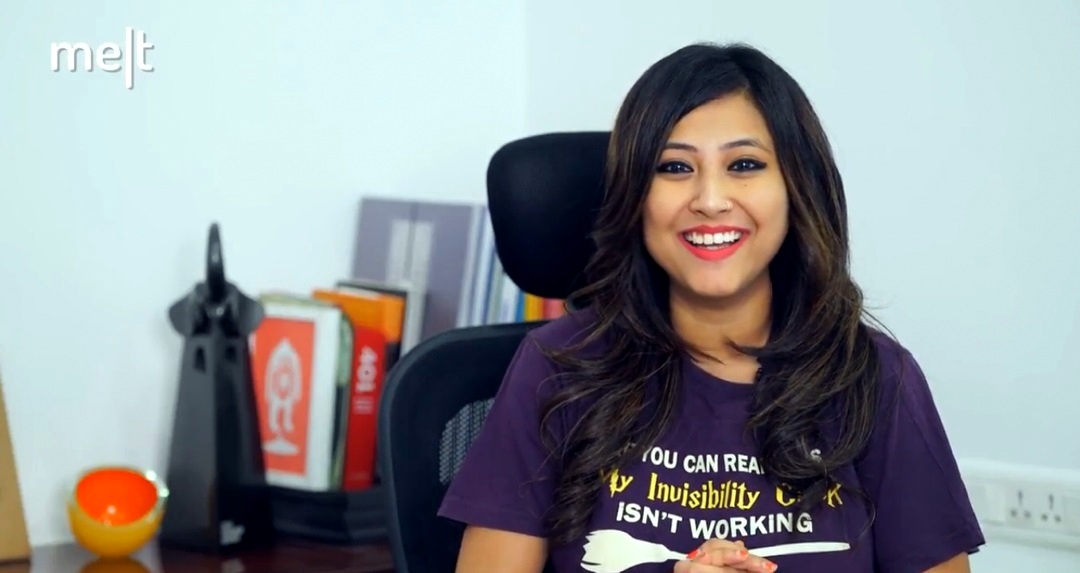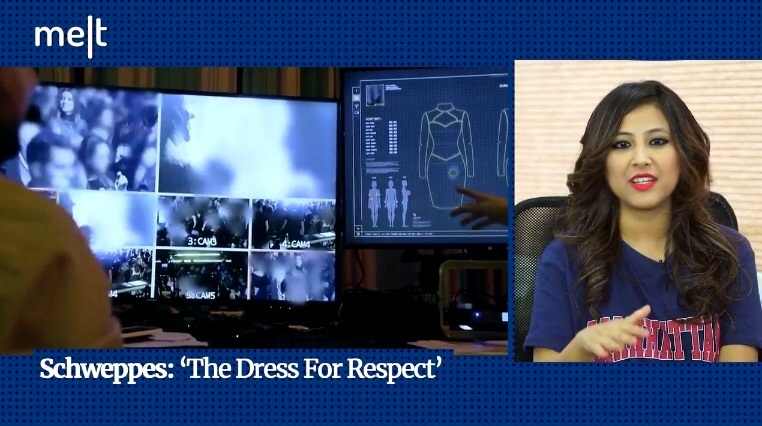With a foreword by Shiv Shivakumar, CEO of PepsiCo India, R. Sridhar spills the beans on innovation and ideation that he has used on several of his clients like Hindustan Unilever or Accenture over the years. The language of the book is breezy and written in a conversational format, where Sridhar is seen speaking to VJ, ‘the MD of a fast growing Rs. 50 million consumer products company’.
Here’s an extract from the book:
He told VJ, “you must talk to Sridhar. He is an Innovation Consultant, and makes a living conducting ideation workshops.”
Later, VJ, his wife, the two of us, and a few others were at the same table for dinner. VJ, sitting right across, started a conversation with me.
“So you make a living out of conducting ideation workshops. Quite frankly, I think ideation sessions are a waste of time,” he said.
Taken aback a bit, I managed to mutter, “Oh… Keen to know why you think so.”
VJ: “My core team and I meet every year for our annual strategy meetings. We have been to Macau, Mauritius and Seychelles besides a couple of other places for these meetings. I conduct ideation sessions on new business growth. It has always been a disaster. They suggest mundane ideas and I have to step in to bail the session out with some of my own ideas. No more ideation sessions for us. We can save the money; feed the poor people instead or donate it to some worthy cause.”
He was direct. There was no mistaking the aggression in his tone.
I smiled and kept quite, unwilling to get into an argument and spoil the evening. I turned my attention to the other people at the table.
I bumped into him later as we were leaving.
He accosted me with another barb.
VJ: “Looks like you had nothing to say in your defence.”
RS: “You just shared your point of view. I don’t have to agree with it.”
VJ: “If you don’t agree with my view, you must have the courage to state what your view is.”
RS: “Your may not find that palatable.”
VJ: “Cut the courtesy and come to the point.” He egged me on to share what I thought.
RS: “Well, from what I heard, you seem to have no respect for your people or their intelligence. You seem to think that they should feel indebted to you for taking them to all the fancy places. I believe that you don’t have the skills necessary to conduct an ideation session. I think you conduct an ideation session. I think you conduct these sessions like your regular office meetings with the only exception being the venue. Finally, I think you manipulate the meeting to push your own ideas, without honestly giving an opportunity to your colleagues to contribute their thoughts and suggestions. It is like someone blaming the piano, when he doesn’t know how to play it. If you have the same old people, discussing the same old issues the same old way, you will always get the same old results. I am hardly surprised that your ideation sessions were a waste of time. You set yourself up for failure due to your preconceived notions.”

What started off as a stormy introduction took a positive turn when VJ and Sridhar met after the party. They discussed and talked at length about how VJ looks at ideation in his company. Sridhar egged VJ to ask pointed questions and the importance of 5 W and 1 H, the Bible every journalist follows.
VJ Commented, “I am beginning to see the value in defining challenges precisely. I notice you asked some pointed questions. In my view, that altered the course of the discussion. I am not sure we are good at asking such questions in my company. I suspect I am not good at it either. Is it possible to train people to do this? What did you do to understand how to ask good questions? How did you develop the skill of asking good questions?”
RS: “That is a good question! I have been grappling with this issue for many years. I struggled during the initial days I worked with Ogilvy. My challenge was to help our people get a good brief from the client. I saw my mentors in action during client meetings. They asked simple questions and steered the conversations towards pertinent objectives. They were able to zone the real issue quickly and thereafter concentrated on spending time discussing ways to solve that. I read books on the art of asking good questions and tested what I read at every opportunity. Gradually, I became comfortable asking questions without making it sound like an interrogation. In some situations, questions made people uncomfortable. I spent time understanding the reactions that questions evoke. Sometimes instead of asking ‘why’ I learnt to rephrase a question and ask it in a different way.”
VJ: “So how do you help people learn the art of asking the right question?”
RS: “First: learn from journalists. Good journalists use the 5w+1h.”
VJ: “What on earth is 5w+1h?”
RS: “5w – Who, What, When, Where, Why and 1h – How. When they want to probe before writing a story, they use these questions well. You will get specific answers for questions starting with Who, What, When and Where. Questions with Why and How expand the scope of discussion. I find the following three questions help me get to the real issue rather quickly:
1. What is happening now?
2. What do you think is really happening?
3. What would you like to see happening instead?
If we listen carefully to what the client shares, we get a lot of information — rich with clues and insights. Sometimes we find there are several challenges. In such situation we help the client prioritise the issues. Which issue needs immediate attention? Which can wait for some time? There is the famous 2×2 Importance vs. Urgent matrix we use to select the one issue we must work on. You can use that to decide which issue needs immediate attention. I am often reminded of the 20 questions game we play in parties. One person thinks of an object or a person or a name and the other person must guess what it is. You can ask a maximum of 20 questions. Some people get the answer within 10 questions. The more they practice, the better they become. They are able to figure out which are the relevant questions that must be asked and how to stay on track to uncover the answer.”
VJ begins to identity problems and then find solutions for it, by now. Sridhar encourages VJ to not have a pre conceived notion or judge his employees’ ideas.
VJ: “One final question. You had mentioned when we first met that I do not have the necessary skills to run an ideation session. What exactly did you mean?”
RS: “Most of us, as leader and managers, are used to what I call a prescriptive style. We not only tell people what the challenge is but also tell them how to solve it. It has worked for us often. However, for conducting ideation sessions, this style is the biggest impediment. What we need is a facilitative style. This style, by contrast, is more relaxed, friendly and encouraging. There are no directives, only suggestions. It is more focused on allowing other people to express their views. It focuses on listening. We don’t jump to conclusions or judge the other person and his ideas. It requires training and more importantly, practice. We will explore this later. Are you ready to move on?”
VJ: “I would like to digest what we discussed today before we move on. Why don’t we meet next week and take our conversation forward?”
RS: “Sure.”
After months of talks, it’s time to implement Sridhar’s theory practically. VJ sees a difference in attitude in his team, they are more energetic. Sridhar notes that his client is happy with the outcome.
RS: “VJ, you went around observing and listening to each team. Would you like to tell us what you saw and heard?”
VJ: “I saw amazing energy, but I am not surprised. But I also saw great focus. Everyone was working towards one single task. Looks like that helped them a lot.”
RS: “What else?”
VJ: “Everyone seemed involved. In every group, one traffic cop emerged. That was interesting. They finished on time. That is a surprise. I was a bit sceptical when you said that they had to finish this work in 15 minutes.”
RS: “Anything else?”
VJ: “I wish they work like this more often!”
Menon said, “I wish you let us work like this more often, VJ.” VJ smiled and took that in a good humour.
RS: “What do you think, VJ? Will this work for you if you are a client?”
VJ: “I think so. It not only lays out the agenda, but also explains why for each step. That is helpful.”
Sridhar’s secrets of innovation is explained metaphorically with 7 keys; namely Key no 1: The Master Key, Key no 2: The Brains Key, Key no 3: The Design Key, Key no 4: The Wizard Key, Key no 5 : The Smart Key, Key no 6: The Moment of Truth and Key no 7: The Action Key. Each chapter in the book delves deeply into each key and explores the nuances. Anyone who wants to generate new ideas and have ever dealt with a client (much like VJ) in the advertising and marketing world, must read this book. It’s the perfect manual.



